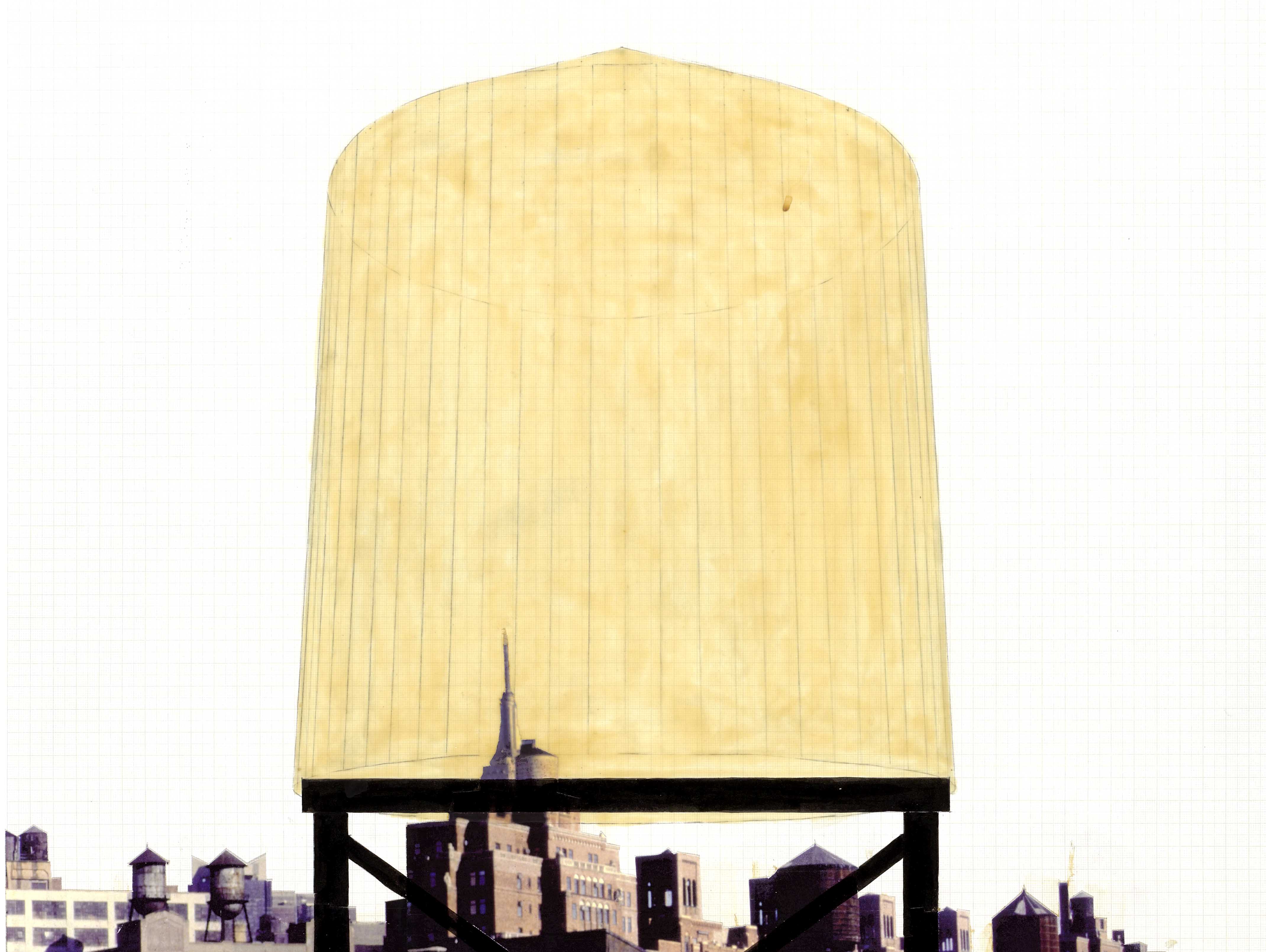Beginning Jan. 31 at 2 p.m., British artist Rachel Whiteread will exhibit her previously unseen and personal collection of drawings at the Hammer Museum.
The Hammer’s retrospective of drawings is the first collection of Whiteread’s drawings to be published. Up until now, the London-based artist has spent her creative career working with sculpture and being recognized for her use of the century-old technique casting.
“She uses domestic objects like beds, tables and sometimes entire architecture like rooms and houses,” said Allegra Pesenti, curator for the Grunwald Center for the Graphic Arts at the Hammer.
Whiteread’s renowned and acclaimed interaction with casting began with “Ghost” (1990), a plaster cast of a room’s interior which epitomized the originality and modernism of the artist.
As her career has furthered, Whiteread’s continued work with monumental casting has earned awards such as the Turner Prize received in 1993 for “House,” a lofty cast of a terraced house in 19th-century East London, as well as widespread European and American recognition.
The approximately 8,000 square-foot exhibition at the Hammer showcases a vitrine filled with nearly 200 personally selected objects such as fossils, dental molds and shoe forms, and eight principal sculptures representative of Whiteread’s well-known artistry, including “Floors,” “Beds and Mattresses” and “House.”
“The main focus of this exhibit is on the 155 originally presented drawings, which Whiteread describes as a “˜diary of (her) work,'” said Pesenti.
Produced independently but thematically inspired by her sculptures, this paper collection mirrors the poignant emotions Whiteread has evoked in her art for years.
“In casting the objects, they become embodiments of memory. So she’s picking up traces of dust and scratches, and the wear-and-tear of generations and lives that lived with these objects,” said Pesenti. “She brings up a lot of notions of loss and the passing of time and memory, and she plays a lot with the notions of absence and presence, and also with (the interaction between) positive and negative space.”
Spanning the breadth of Whiteread’s career ““ which began in the late 1980s ““ the drawings on display at the Hammer are “very sculptural themselves,” said Pensenti, who also worked personally with Whiteread on this exhibit.
“She uses a lot of white heightening correction fluid, and uses it characteristically on graph paper. In the process of drawing, this correction fluid, a very gritty and plaster-y, thick medium, makes the paper shrivel … making it 3-dimensional.”
A few of Whiteread’s connecting projects on view include not only her private collection but emotionally moving pieces such as “Water Tower” (1998), which was unveiled on a Broadway rooftop in New York City, and “Holocaust Memorial” (2000), among many others.
“Rachel Whiteread is an artist’s artist. Most artists and people who are really involved in the arts and knowledgeable about contemporary art are very familiar with her work,” said Julia Luke, designer for the exhibit at the Hammer.
Therefore, in order to familiarize viewers with Whiteread’s work, a clean, ongoing time line adorns the Hammer’s walls. Brimming with accomplishments, creativity and fervor, this reference can be used by viewers to appreciate the versatility of the artist as her career furthered and flourished while also admiring Whiteread’s published body of work.
“I am so thrilled to experience this exhibit,” said first”“year ethnomusicology student Jazmin Morales, who is familiar with Whiteread’s work. “I am excited to see what her creative mind can bring to a new medium.”
